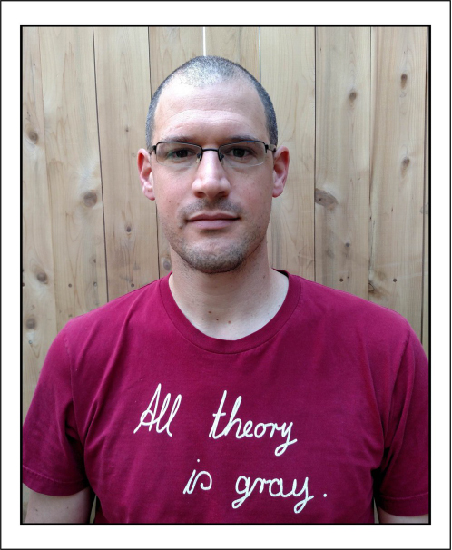High-order feature-based mixture models of classification learning predict individual learning curves and enable personalized teaching
Published in PNAS, 2013
Recommended citation: Cohen Y, Schneidman E (2013) "High-order feature-based mixture models of classi cation learning predict individual learning curves and enable personalized teaching". Proc Natl Acad Sci USA 110:684689. https://www.pnas.org/content/110/2/684
Pattern classification learning tasks are commonly used to explore learning strategies in human subjects. The universal and individual traits of learning such tasks reflect our cognitive abilities and have been of interest both psychophysically and clinically. From a computational perspective, these tasks are hard, because the number of patterns and rules one could consider even in simple cases is exponentially large. Thus, when we learn to classify we must use simplifying assumptions and generalize. Studies of human behavior in probabilistic learning tasks have focused on rules in which pattern cues are independent, and also described individual behavior in terms of simple, single-cue, feature-based models. Here, we conducted psychophysical experiments in which people learned to classify binary sequences according to deterministic rules of different complexity, including high-order, multicue-dependent rules. We show that human performance on such tasks is very diverse, but that a class of reinforcement learning-like models that use a mixture of features captures individual learning behavior surprisinglywell. Thesemodels reflect the important role of subjects' priors, and their reliance on high-order features even when learning a low-order rule. Further, we show that these models predict future individual answers to a high degree of accuracy. We then use these models to build personally optimized teaching sessions and boost learning.
Recommended citation: Cohen Y, Schneidman E (2013) “High-order feature-based mixture models of classification learning predict individual learning curves and enable personalized teaching”. Proc Natl Acad Sci USA 110:684689.
